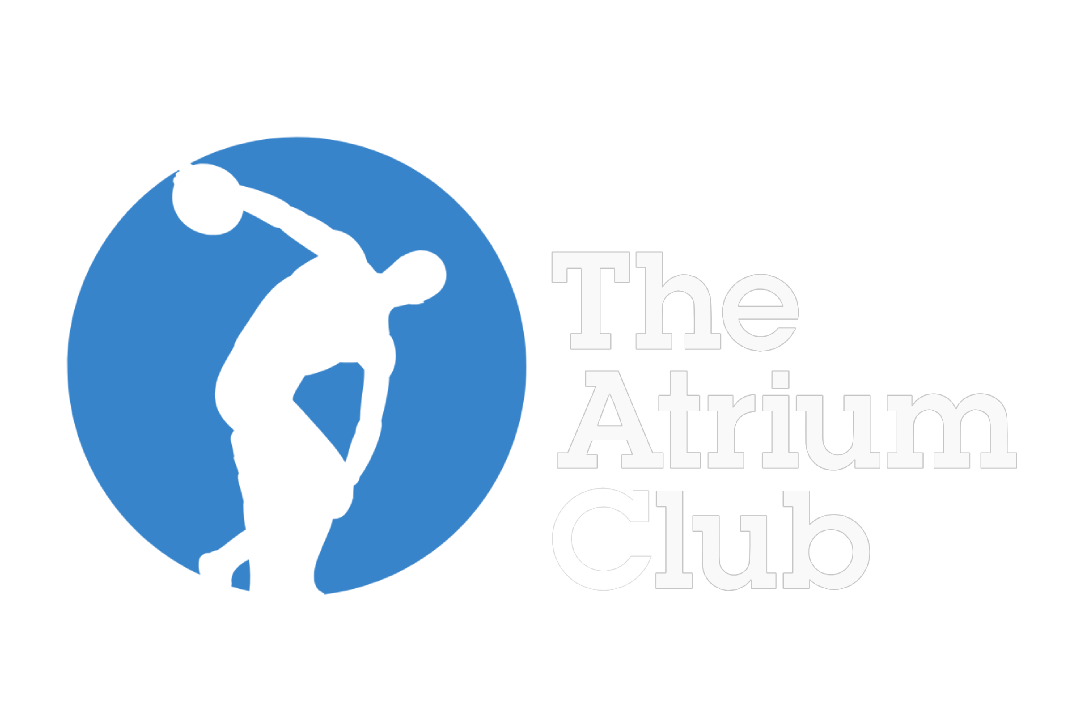THE DON HELPS SIR DON
It’s more than 100 years now since the “war to end all wars” was waged across
Europe with devastating consequences for New Zealand, the country furthest away
from the conflict.
New Zealand committed 10% of the population to WWI - 100,000 men, half of all
males aged between 17 and 35. 15,000 of them never came home. Most of those
who survived were scarred for life, either physically or mentally. It’s appalling to
think they endured so much and had barely 20 years of peace before WWII. And
today, despite the lessons of history, millions of people, young and old, are yet
again caught in wars, whether in Ukraine, or Gaza, or any of the many other less
publicized conflicts.
During my 80 plus years, I have been to Gallipoli and the Western Front a number
of times - the headstones, the monuments and the plaques record the fact that New
Zealanders had been there and, for too many, it was their final resting place.
But I realised the stories behind these young soldiers were not told in any of the
museums established by our allies after the war. And New Zealand was the only
nation without a dedicated place in Europe to commemorate, study, and learn the
lessons of war.
In 1997, when I was Foreign Minister, Clare and I visited Le Quesnoy, a small
French town near the Belgian border. The town, of about 5000 people, twice a year
turns out to honour New Zealand Division for liberating them from German
occupation on November 4th 1918. They’ve always remembered even if we
haven’t.
105 years after the liberation and 12 years after I committed myself fully to the
cause, the vision of Te Arawhata - the New Zealand Museum of Liberation is a
reality. It’s been a challenge - people have come and gone from the project, the
pandemic struck, we faced the reluctance of successive governments to back us.
But a core of dedicated New Zealanders, many of them volunteers, stayed the
course despite many obstacles and without them, Te Arawhata would still be a
distant dream.
I am pleased and relieved to tell you, my fellow Atrium Club members, that we
opened the doors of Te Arawhata on a sunny, blue sky autumn day in October,
with many of our generous donors present. New Zealanders and people from
many other nations all report how moved they are by the story telling. Weta
Workshops have delivered a beautifullly curated tribute to New Zealanders caught
up in WWI’s horrors on the Western Front. It’s a sensory, audio-visual and digital
experience ranging from a record of all who served in WWI to a giant super-real
model of a New Zealand soldier captured in reflection and fatigue after the Le
Quesnoy battle which cost more than 150 New Zealand lives while preserving the
lives of all the townspeople. In relation to Weta Workshop’s work, I want to
record my grateful thanks to Don Braid and his team at Mainfreight who donated
the space and care to ensure the safe delivery of Te Arawhata’s treasures. They
were in the best of hands.
It cost blood to preserve Le Quesnoy and it’s cost time, money and endurance to
establish Te Arawhata. The Trust that oversees the Museum’s operations requires
funding, over and above our admission fees, for its operations and further
developments. I welcome all and any donations from Atrium Club members and
thank any of you who have already done so. And when you’re planning your
next European journey include Le Quesnoy on your itinerary - you won’t regret it.
Please visit us at …. Website …NZ Memorial Museum Le Quesnoy.
Note that there is a tax rebate still for donors.
Direct donation to 03 1509 0097188 00.
